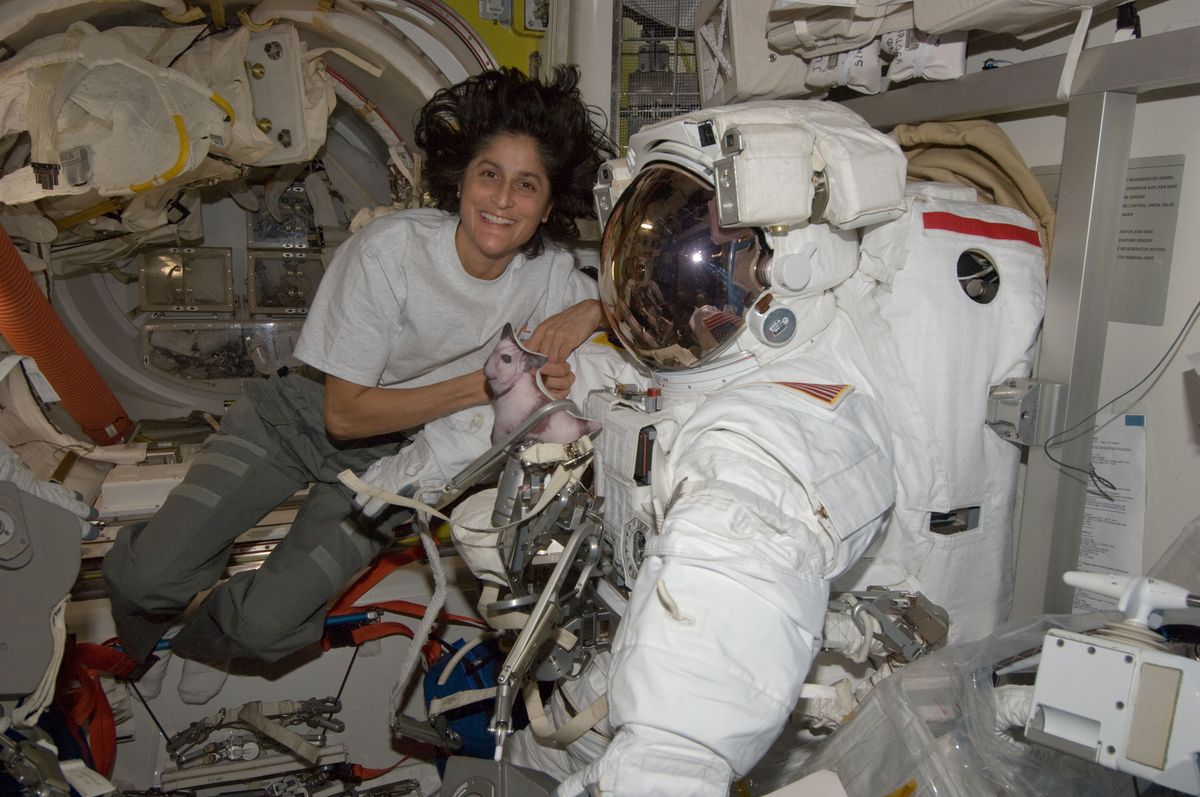
Joint Statement on Further Restrictive Economic Measures.Readout of Vice President Harris’s Calls with European Leaders.FACT SHEET: United States Bans Imports of Russian Oil, Liquefied Natural Gas, and Coal.Statement from Press Secretary Jen Psaki on Russian Aggression Towards Ukraine.The Stakes of Russian Aggression for Ukraine and Beyond.Readout of President Biden’s Video Call with European Leaders on Russia and Ukraine.How Russia conducts false flag operations.Registering to Vote and submitting a ballot is fast, easy, and can be done from anywhere in the world!.Citizens: Online Fee Payments Now Accepted for Adult U.S. Chargé d’Affaires a.i Reeker at the 2021 Fulbright Reception.Chargé d’Affaires Reeker visits RAF Fairford.Chargé d’Affaires Reeker at the Pacific Futures Forum aboard HMS Prince of Wales.Chargé d’Affaires Reeker at the Remembrance Day Memorial Commemoration at Brookwood American Cemetery.Maybe you’ll be a member of one? Don’t forget to bring your dog. NASA and other civilian companies are planning their own Mars missions. Another company named SpaceX is hoping to land civilian astronauts on Mars-the next human step into the solar system-in 20 years. A company called Planetary Resources plans to send robot astronauts to the Asteroid Belt to mine for precious metals.

NASA’s shuttle program has ended, but private companies are readying their own space programs. That hasn’t stopped people from signing up and blasting off.

More than 20 astronauts have died doing their job.

The Voyager mission of the 1970s took advantage of a rare alignment of Jupiter, Saturn, Uranus, and Neptune to shave off nearly 20 years of travel time. Getting from A to B requires complex calculations involving inertia and gravity-literally, rocket science-to "slingshot" from planet to planet (or moon) across the solar system. Space travel is nothing like in the movies. The space shuttle leaves orbit at 16,465 miles an hour (26,498 kilometers an hour) and glides to a stop on a runway without using an engine. Gagarin had to parachute from his spaceship after reentry from orbit. Space-travel technology had advanced light-years in just three decades. NASA developed reusable spacecraft-space shuttle orbiters-to ferry astronauts and satellites to orbit. Manned space stations began glittering in the sky. The U.S.’s National Aeronautics and Space Administration (NASA) launched probes to study the solar system. The United States landed two astronauts on its stark surface in 1969, and five more manned missions followed. With Earth orbit achieved, we turned our sights on the moon. Laika was followed into orbit four years later by the first human, Soviet Cosmonaut Yuri A. Our first steps into space began as a race between the United States and the former Soviet Union, rivals in a global struggle for power.

By the middle of the last century, we aimed even higher. Airplanes shortened distances, simplified travel, and showed us Earth from a new perspective. Our ability to explore reached new heights-literally-in the last hundred years. Since before the dawn of civilization, we’ve been lured over the horizon to find food or more space, to make a profit, or just to see what’s beyond those trees or mountains or oceans. Her 1957 flight paved the way for space exploration back when scientists didn’t know if spaceflight was lethal for living things. She was a terrier mutt and by all accounts a good dog. The first earthling to orbit our planet was just two years old, plucked from the streets of Moscow barely more than a week before her historic launch.


 0 kommentar(er)
0 kommentar(er)
